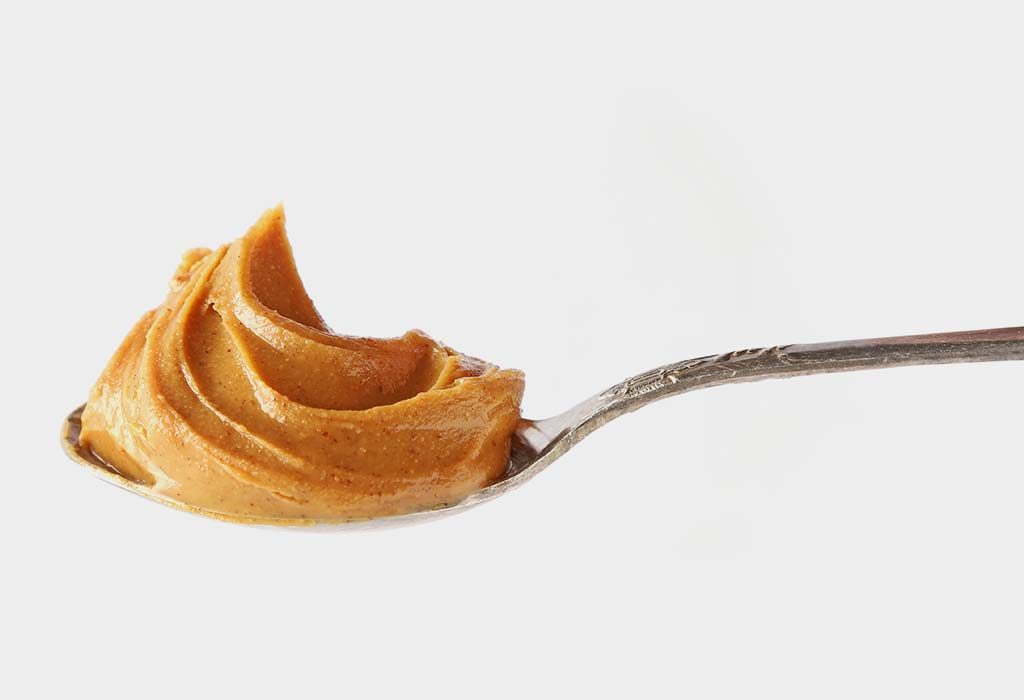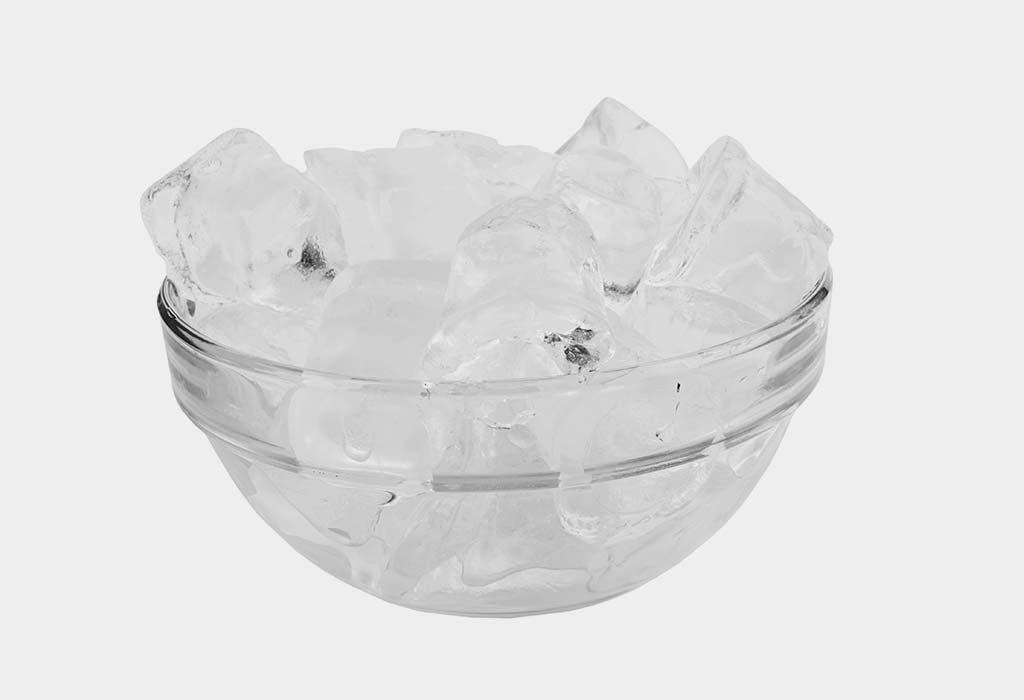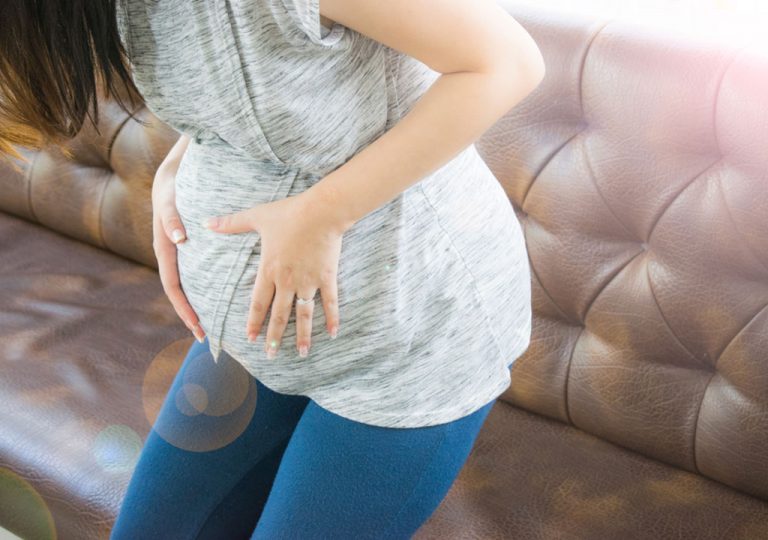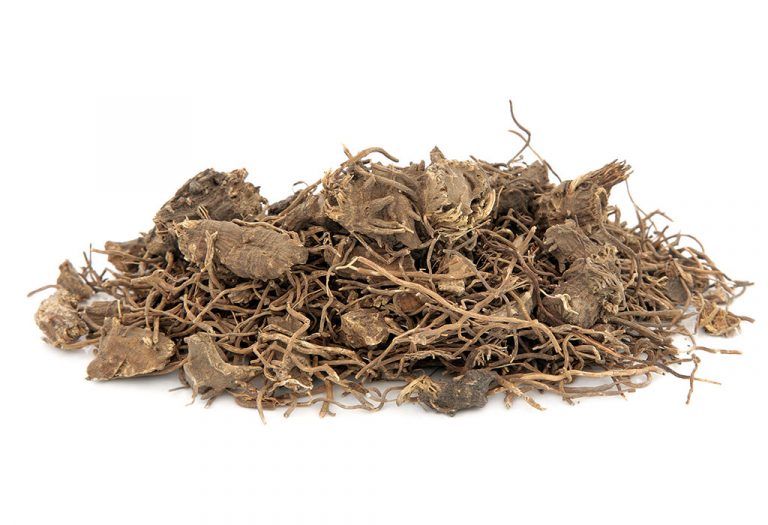Vomiting During Labour – Causes and Tips to Deal With It

- How Common Is Vomiting During Labour?
- What Are the Causes of Nausea and Vomiting During Labour?
- How to Deal With Nausea and Vomiting During Labour?
- FAQs
The feeling of vomiting and nausea, also known as morning sickness, is common during pregnancy, particularly during the first trimester. However, sometimes, a pregnant woman may experience similar symptoms when she goes into labour. Vomiting during labour is not only unpleasant but can also cause severe complications for both the mom and the baby.
Nausea side-tracks the mom, making it challenging for her to concentrate on supporting her body through the labour process. Some doctors believe that vomiting when in labour can be a sign of transition, which means things are progressing well and the mother is nearing the finishing line. Throwing up through labour can help speed dilation and even cause a pregnant woman’s water to break. Read on to learn more about vomiting in early labour.
How Common Is Vomiting During Labour?
Vomiting during labour is relatively common, but its frequency varies among women. It’s estimated that around 50% to 80% of women experience nausea and vomiting during labour, particularly during the active phase. It’s often associated with the intense pain and discomfort of contractions. However, every woman’s experience is different, and some may not experience vomiting at all during labour (1).
What Are the Causes of Nausea and Vomiting During Labour?
Nausea and vomiting may ensue during contractions. The feelings can intensify with the progression of labour. Some of the causes of nausea and vomiting in labour include:
1. Limited Food Intake
Pregnant women are likely to feel hungry and thirsty during the initial stages of labour. Eating is essential during early labour, as the expectant mom has to use all the energy she gets to go through labour. Restricting food intake can trigger ketosis. The body may start to burn fat reserves to fuel itself, increasing acidity and causing nausea.
2. Dehydration
Dehydration during labour can become a significant cause for prompting vomiting at the time of delivery. When the body lacks enough fluids, it can be a source of nausea. At times, insufficient body fluids create excessive pressure, resulting in vomiting along with blood and bile pigments.
3. Medication
Certain painkillers administered during labour can become a reason for vomiting. The use of pain medicines like an epidural during the delivery process can increase the chances of women developing such sensations.
4. Certain Foods
It’s important to note that sometimes, specific foods or drinks can bring about nausea during early labour. For instance, some women may get adversely affected by foods like peanut butter or beverages like juice.
How to Deal With Nausea and Vomiting During Labour?
Some ways to avoid vomiting during labour are:
1. Remain Hydrated
It is vital to maintain adequate water intake or increase it during labour. Be sure to drink at least 8 ounces of water every hour. You can also chew on ice chips or take electrolyte cubes to settle your tummy and prevent vomiting (2).
2. Eat Bland Food
Eating bland food or a diet that is easier to digest may be your best bet. Foods like fresh fruit, rice, multigrain crackers, clear-based broths, yoghurt, and bland multigrain cereals may provide enough energy without straining the stomach.
3. Essential Oils
When it comes to managing nausea in labour, essential oils like lemon, lavender, and peppermint can be your secret weapon. Simply sniffing these oils can help ease the sensation of vomiting. You can pour a few drops on a cotton ball or inhale from the bottle (4).
4. Ginger Tincture
Ginger is known for its beneficial effect on controlling vomiting. Ginger tincture is an easy, effective, and portable way to avert vomiting. Add a few drops to your tea, broth, or water, or take it directly (3).
5. Hydrotherapy
Some women may find hydrotherapy advantageous when dealing with the sensation of vomiting. Sitting in a tub of water or standing under a shower can bring some relief.
6. Cold Washcloth
Placing a cool cloth on the face or neck can relieve nausea. You can add a drop of essential oil, like peppermint, for a pleasing, cooling sensation. You can also put a frozen bag or some ice cubes wrapped in a towel at the nape of the neck.
7. Medicines
Occasionally, it may be necessary to use safe medications to lessen the symptoms of vomiting while in labour. Antacids can prove supportive. Discuss your options and course of action with your doctor.
FAQs
1. Is vomiting during labour harmful to the baby?
In most cases, vomiting during labour is not harmful to the baby. The baby is well-protected in the uterus and is not affected by the mother’s vomiting. However, if vomiting is severe or accompanied by other symptoms, such as dehydration or fever, it’s essential to seek medical attention to ensure both the mother and baby are safe.
2. When should I seek medical help for vomiting during labour?
While vomiting in labour is common, it’s essential to seek medical help if it becomes severe or is accompanied by other concerning symptoms. Signs that you should contact your healthcare provider include persistent vomiting, dehydration (signs of which may include dark urine, dry mouth, and dizziness), fever, abdominal pain, or inability to keep any fluids down.
3. Will I continue to vomit during the entire labour process?
Vomiting during labour is most common during the first stage when contractions are typically the strongest. However, some women may continue to experience nausea and vomiting throughout labour, while others may find relief as labour progresses.
4. What can I eat or drink after vomiting during labour?
After vomiting, it’s essential to replenish fluids and electrolytes to prevent dehydration. Start with small sips of water, clear broth, or electrolyte drinks. Avoid heavy or solid foods initially and gradually reintroduce bland, easy-to-digest foods such as crackers, toast, or bananas as tolerated (5).
Vomiting during labour can mirror the strong emotions a woman in labour is possibly experiencing. The probable anxiety or worry may take the form of nausea or vomiting. Identify the likely concerns beforehand to have a smooth and safe delivery.
References/Resources:
1. Stages of labour; The Women’s; https://www.thewomens.org.au/health-information/pregnancy-and-birth/labour-birth/stages-of-labour
2. Vomiting and morning sickness; NHS; https://www.nhs.uk/pregnancy/related-conditions/common-symptoms/vomiting-and-morning-sickness/
3. Giacosa. A, Morazzoni. P, Bombardelli. E, et al.; Can nausea and vomiting be treated with ginger extract?; PubMed; https://pubmed.ncbi.nlm.nih.gov/25912592/#
4. Lua. P. L, Zakaria. N. S; A brief review of current scientific evidence involving aromatherapy use for nausea and vomiting; PubMed; https://pubmed.ncbi.nlm.nih.gov/22784340/
5. Diarrhea and Vomiting; University of Michigan; https://uhs.umich.edu/diarrheavomiting#
Also Read:
Eating and Drinking in Labour
Timing Contractions during Labour
Unexpected Things That Happen during Labour
Common Interventions during Labour & Childbirth
Was This Article Helpful?
Parenting is a huge responsibility, for you as a caregiver, but also for us as a parenting content platform. We understand that and take our responsibility of creating credible content seriously. FirstCry Parenting articles are written and published only after extensive research using factually sound references to deliver quality content that is accurate, validated by experts, and completely reliable. To understand how we go about creating content that is credible, read our editorial policy here.






























